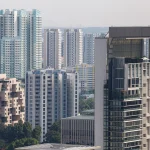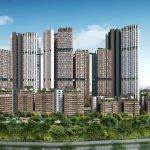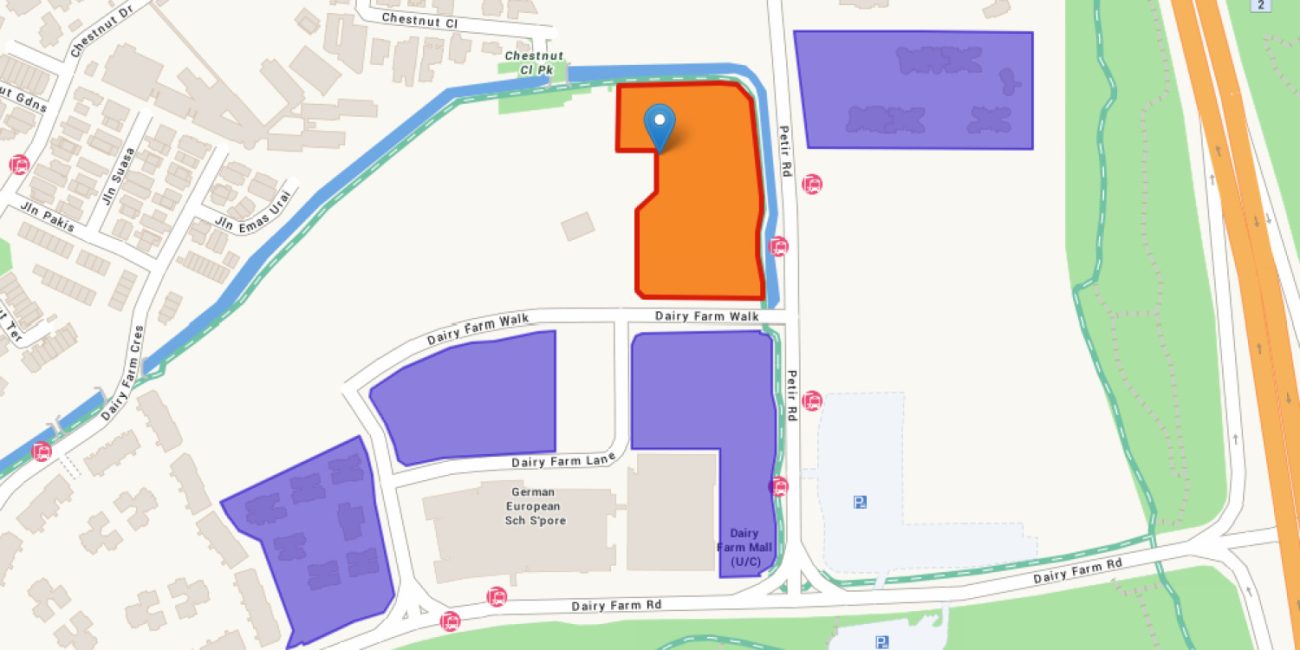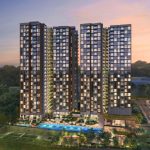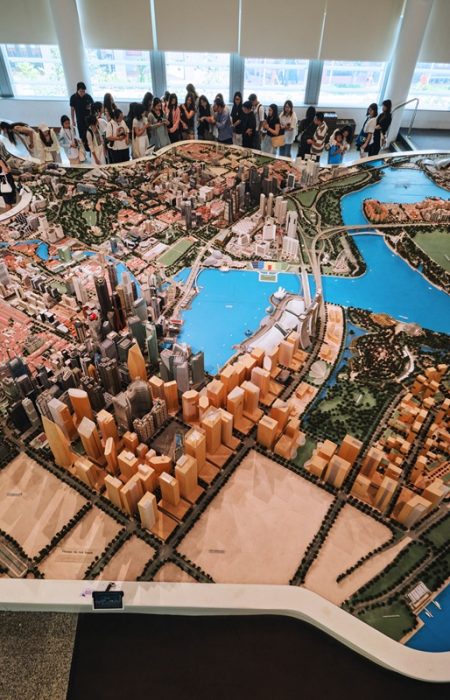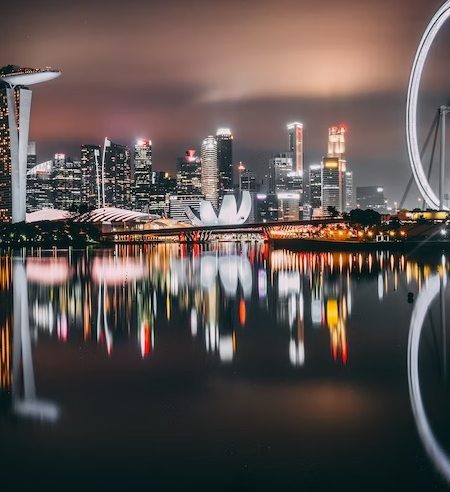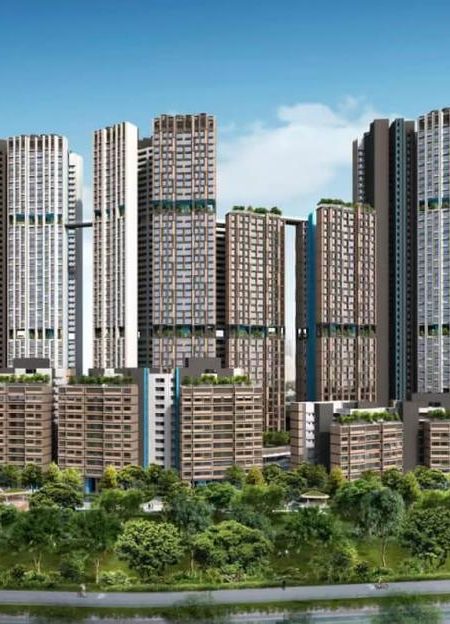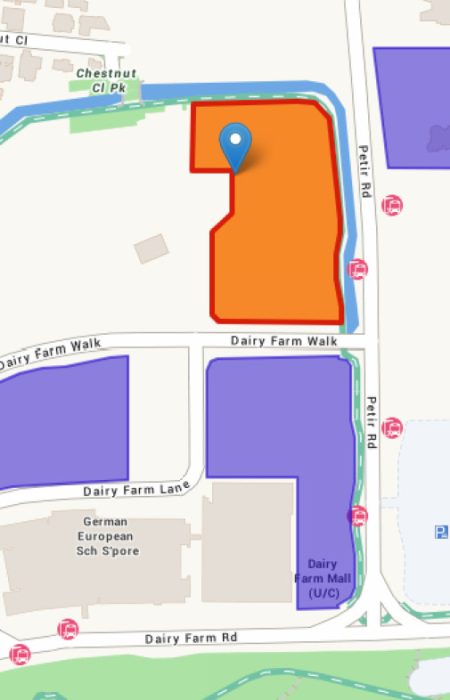Introduction: What Is the GLS Programme?
Singapore’s Government Land Sales (GLS) Programme plays a crucial role in determining the pace and direction of the property market. Managed by the Urban Redevelopment Authority (URA), the GLS programme releases state land for development through competitive tenders. These plots are carefully selected based on housing demand, infrastructure readiness, and long-term urban planning goals.
As 2025 unfolds, the GLS programme continues to shape the balance between housing affordability and urban growth, reflecting the government’s proactive approach to sustainable development.
Overview of GLS 2025 (First Half Releases)
In the first half of 2025, the government released several prime sites under the Confirmed and Reserve Lists. Key plots were located in strategic regions such as Tampines, Lentor, and Jurong Lake District — all areas poised for transformation under Singapore’s Master Plan 2040.
- Confirmed List Sites: Developers can bid immediately once these are launched.
- Reserve List Sites: These are triggered for sale only when a developer’s minimum price is acceptable to the government.
The Confirmed List for 1H 2025 featured sites expected to yield around 8,000 housing units, reflecting continued demand for both public and private housing.
Highlights of Prominent GLS Sites
1. Tampines North Avenue 11 Mixed-Use Site
A large mixed-use plot integrating residential, commercial, and community facilities. This site aims to enhance the live-work-play lifestyle in the eastern region. Expected to yield over 1,000 residential units, it will also house retail and lifestyle amenities within walking distance of the upcoming Tampines North MRT.
2. Jurong Lake District (JLD) Commercial Hub
Dubbed Singapore’s “second CBD,” the JLD site remains a developer favorite. Its mixed-use nature encourages the creation of green offices, lifestyle destinations, and high-end residences, reinforcing Singapore’s decentralisation efforts.
3. Lentor Central and Hillview Rise Residential Sites
Following strong developer interest in past Lentor projects, these new plots continue the momentum. They are expected to deliver about 700–900 units each, surrounded by greenery and well-connected via the Thomson-East Coast Line.
Trends Driving Developer Interest
Despite rising construction costs and global uncertainties, developer participation in GLS tenders has remained resilient. Several factors underpin this trend:
- Stable Economic Outlook: Singapore’s economy continues to recover steadily, supported by the finance, tech, and biomedical sectors.
- Sustained Demand for Quality Homes: Both local buyers and foreign investors are showing sustained interest in well-located projects.
- Urban Transformation Projects: Upcoming regional centres like Tengah, Woodlands, and Jurong are expanding Singapore’s residential and commercial footprint.
Developers are now focusing on projects that integrate green living, smart technologies, and flexible working spaces — aligning with changing lifestyle demands.
Impact on Property Prices and Buyer Sentiment
The GLS programme indirectly influences property prices by determining future supply. With the latest round of land releases, experts anticipate price moderation in certain districts as more units enter the market between 2026 and 2028.
However, prime and fringe areas with limited land availability — such as Bukit Merah or Katong — may still experience price resilience. Buyer sentiment remains positive, supported by government cooling measures that ensure sustainable growth rather than speculative surges.
Private vs Public Housing Balance
A critical goal of the GLS programme is maintaining equilibrium between HDB flats and private condominiums. The government strategically releases sites to ensure sufficient private housing supply without overheating the market.
In 2025, greater emphasis has been placed on integrated communities that combine HDB flats, public parks, and retail hubs — promoting inclusivity and accessibility.
Future Outlook: What to Expect in 2H 2025 and Beyond
The second half of 2025 is expected to feature additional GLS sites aligned with upcoming MRT developments and new town expansions. Areas such as Tengah, Pasir Ris, and Punggol Digital District could see fresh releases, further enhancing Singapore’s suburban growth.
As sustainability and technology continue to shape urban design, future GLS sites will likely adopt:
- Energy-efficient infrastructure
- Pedestrian-friendly layouts
- Smart mobility hubs
These elements are key to achieving Singapore’s vision of a resilient, green, and connected city.
Tips for Property Buyers and Investors
- Track Upcoming GLS Sites: Review URA’s half-yearly updates to spot potential growth areas early.
- Monitor Developer Activity: Sites with aggressive bids often indicate high future value.
- Evaluate Connectivity and Amenities: Proximity to MRT lines, schools, and commercial hubs is crucial.
- Consider Long-Term Value: Focus on regions undergoing major transformations under the Master Plan.
Conclusion: GLS as the Backbone of Singapore’s Property Future
The Government Land Sales programme continues to be the cornerstone of Singapore’s property development ecosystem. By controlling land supply and guiding urban growth, it ensures a steady, sustainable property market.



